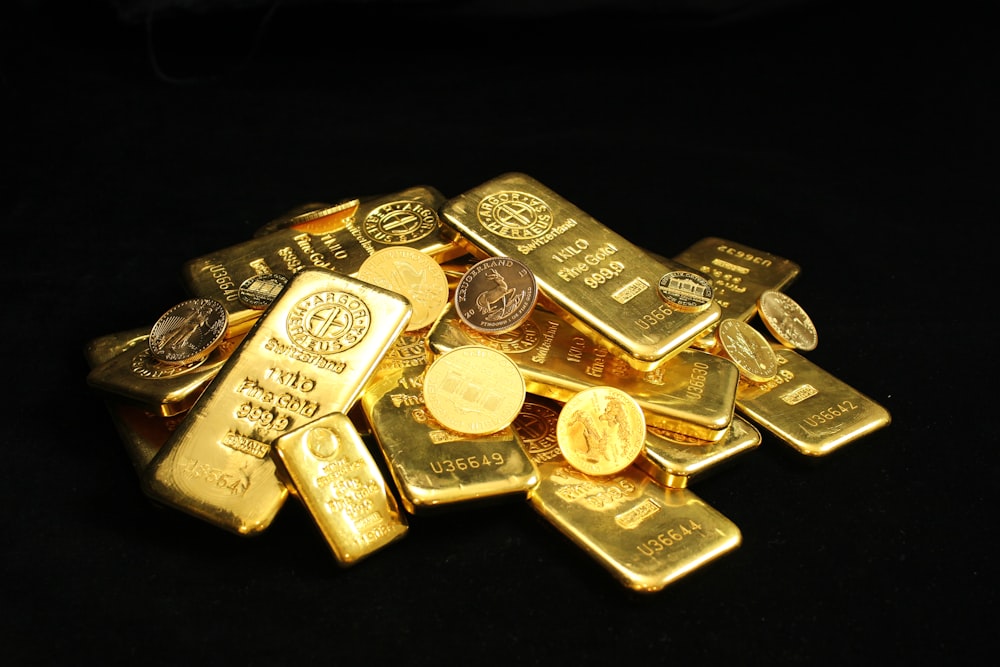Nearly One-Quarter Of Central Banks Plan To Buy More Gold In Next 12 Months
Photo by Zlaťáky.cz on Unsplash
Over the last several years, central banks globally have added gold to their reserves at a historically high rate.
It doesn’t appear the buying spree will end anytime soon.
According to the World Gold Council 2023 Central Bank Gold Reserve survey, 24% of central banks plan to add more gold to their reserves in the next 12 months.
According to the WGC, “The planned purchases are chiefly motivated by increased buying of domestic gold production, rebalancing to a more preferred strategic level of gold holdings, and financial market concerns including higher crisis risks and rising inflation.”
Adding to these concerns is the banking sector crisis in the United States and Europe which began in early 2023.”
Seventy-one percent of central banks surveyed believe the overall level of global reserves will increase in the next 12 months. That was a 10-point increase over last year.
According to the survey, “Gold’s ‘historical position’ continues to be the top reason for central banks to hold gold, with 77% of respondents saying that it is highly relevant or somewhat relevant. This was followed by gold’s performance during times of crisis (74%), ‘long-term store of value/inflation hedge’ (74%), ‘effective portfolio diversifier” (70%), and ‘no default risk’ (68%).”
There is a wide divergence in opinion between central banks in emerging markets and developing economies (EMDE) and those in advanced economies. When asked about gold’s future share in global reserves, 62% of advanced economy respondents said they think that it will remain unchanged five years from now. Only 20% of EMDE central bank respondents agreed with that view. Meanwhile, 38% of advanced economy respondents think gold’s share will rise in the next five years while 68% of EMDE respondents believe it will do so.
While there is a lot of bullishness for gold, survey respondents were less sanguine about the future of the US dollar.
The trend over the past few decades has been for countries to diversify their reserve holdings and reduce their dependence on the U.S. dollar. Many central banks have been actively diversifying their reserves by increasing their holdings of other currencies, such as the euro, yen, and Chinese yuan as well as gold.”
As of Q3 2022, US dollars accounted for 51% of global reserves. Half of the central banks surveyed said they expect that percentage to drop to between 40 and 50% over the next five years.
Emerging market banks were far more likely to express pessimism about the dollar. According to the survey, only 20% of EMDE respondents said the US dollar’s share of global reserves will remain unchanged five years from now, compared to 54% of advanced economy respondents sharing this view.
In conclusion, the World Gold Council said, “This year’s CBGR survey indicates continuing central bank interest in gold even among record levels of central bank activity in the gold market.”
Ongoing geopolitical concerns and the resulting impact on inflation, interest rates, and market outlook are certainly front of mind for many central bankers. EMDE central banks in particular have expressed continuing concerns about the impact of geopolitics on their reserve management decisions, with many valuing gold as a way to manage these risks. The future of the international monetary system continues to be in flux, with EMDE central banks also expressing less confidence in the US dollar’s supremacy than their advanced economy counterparts. In the face of these trends and an ever-changing investment environment, central bank gold demand is likely to remain robust.”
After a record-setting 2022, central banks continued to buy gold in the first quarter of 2023, setting a new Q1 record.
Total central bank gold buying in 2022 came in at 1,136 tons. It was the highest level of net purchases on record dating back to 1950, including since the suspension of dollar convertibility into gold in 1971. It was the 13th straight year of net central bank gold purchases.
More By This Author:
The Fed Blew Up Another Real Estate Bubble And It’s Losing Air
Americans Rank Gold As Second-Best Long-Term Investment
When The Solution Becomes The Problem




